If your boiler isn’t heating enough during cold times, chances are you’re dealing with an uncomfortably cold home and frigid running water. Increasing the thermostat temp might spike your heating bill but not your indoor temperature. We’ve been there and understand the potential hidden causes of a malfunctioning central heating system. Several variables might block your home from cozy heated air and water, from failing boiler parts to a slight thermostat error. Here are five easy fixes for a boiler that can’t keep up with the cold.
Understanding Your Boiler.

Understanding the inner workings of your boiler is crucial to resolving its issues. At its core, a boiler is a closed vessel that heats water through combustion and distributes it throughout the home through pipes, indirectly warming the surrounding air. Several key components make up the entire system, which may fail at one time or another. To effectively resolve boiler problems, it’s valuable to know whether your boiler is oil-powered or electric-powered, as they both have different heating methods.
1. Inspect And Clean The Boilers.
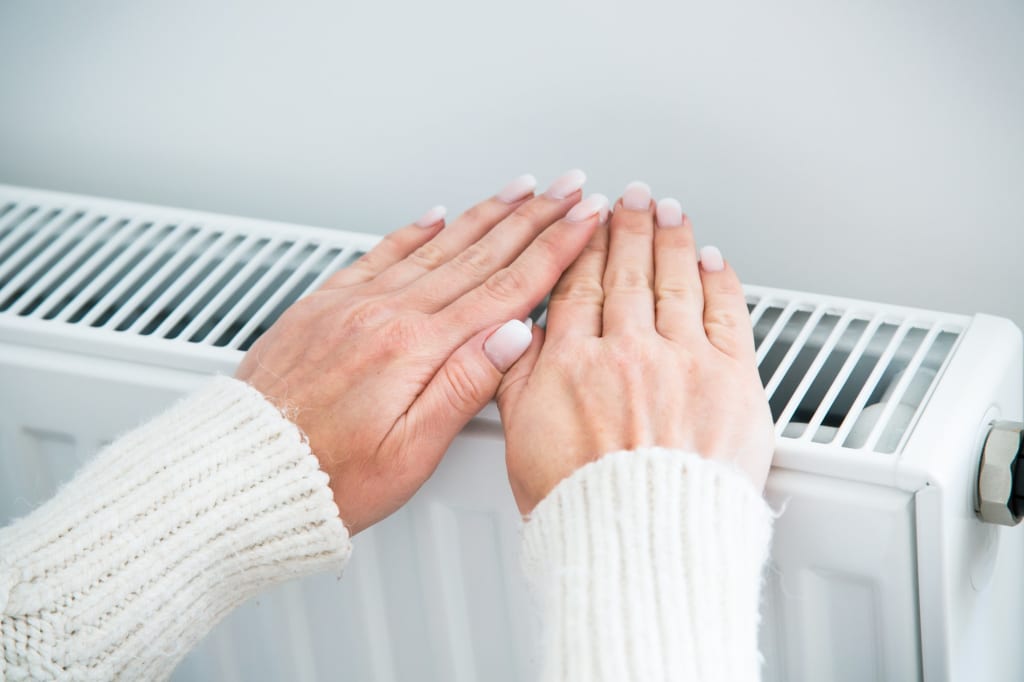
There’s a good likelihood that your boiler needs a simple cleaning. Boilers with trapped debris are inefficient and may perform poorly in extremely cold conditions. So, complete a thorough boiler inspection and cleaning to eliminate soot in the chamber walls and debris in the oil filter. It’s also recommended to check your boiler’s pressure gauge to ensure it remains at an efficient level, generally between 1 and 1.5 bar.
2. Bleed The Radiators.
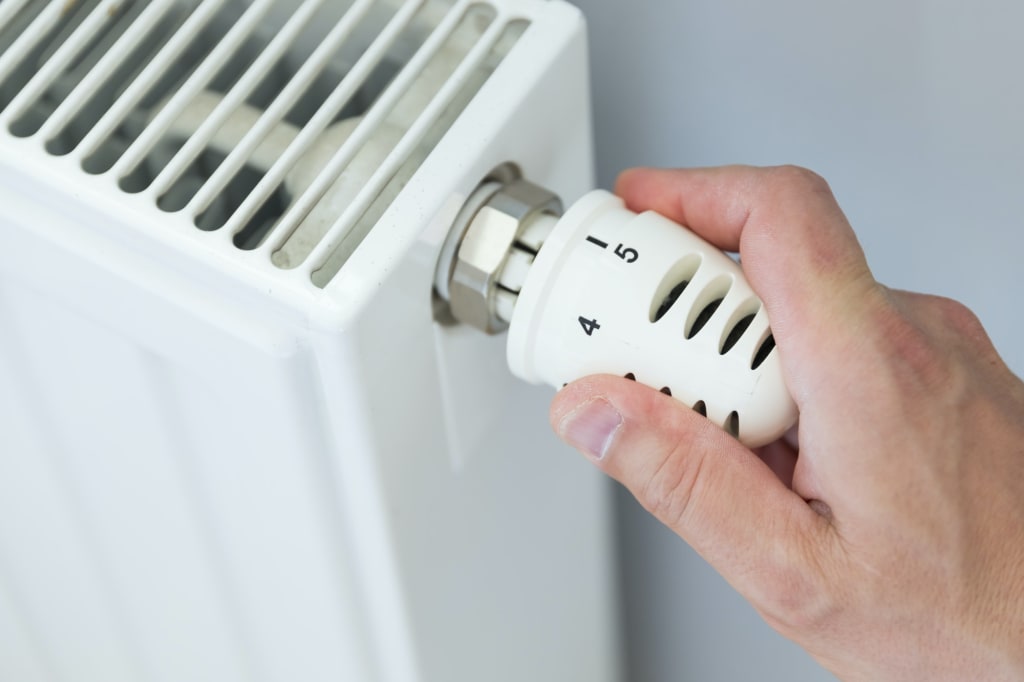
The error may be in the radiators if the solution isn’t found during a boiler inspection and cleaning. Inefficient radiators might emit a gurgling sound or take extra long to heat up thoroughly. A radiator bleeding will remove air pockets that prevent hot water circulation. To bleed the radiators, find the radiator bleed valve on the side of the radiator. Then, turn off your heating unit and let it cool for 30 minutes. Once cooled, place a container below the valve and use a screwdriver to twist it open. The trapped air will hiss as it escapes, so close the valve when the sound dissipates.
3. Check And Adjust The Thermostat Settings.

If heating issues persist, it’s time to check the boiler thermostat. Complete a thermostat test by shutting all the thermostat systems in the home off for 15 minutes, including setting your boiler thermostat to zero. Then, turn them back on and observe your boiler. If it’s firing, it’s responding appropriately to your thermostat and raising the heat. All you’ll need to do is raise the temperature in your home to a more comfortable setting. Otherwise, there may be a wiring issue that a boiler repair technician will need to manage.
4. Adjust The Radiator Valves.
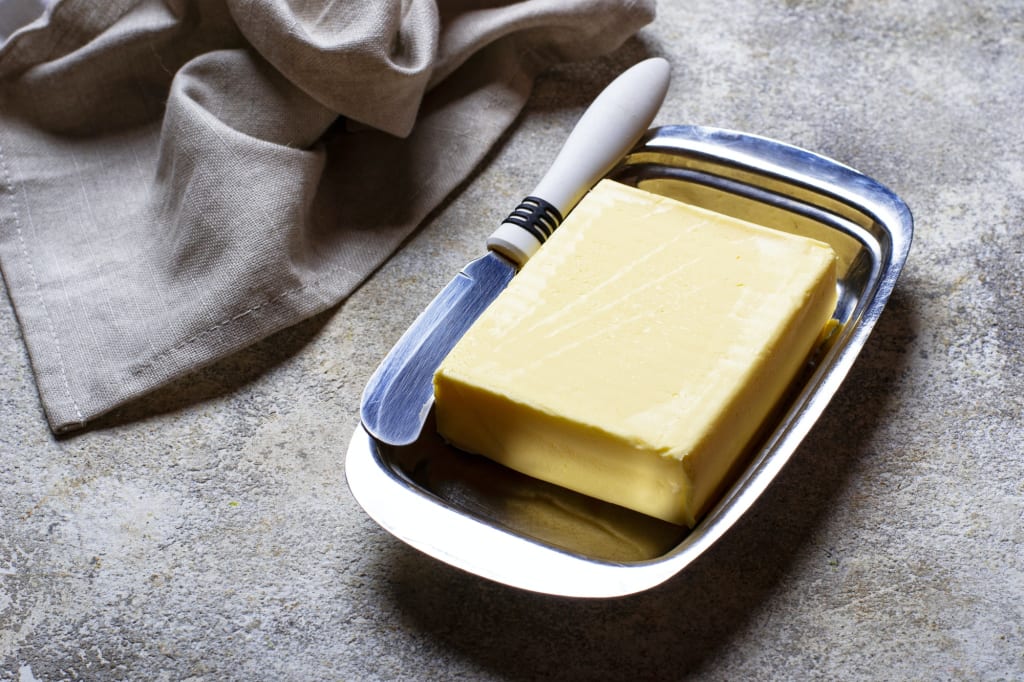
Some radiators may function less efficiently than others within your home, so a radiator adjustment is required. To check which radiator is slow, cool down all the radiators for an hour and place even butter slices on each radiator. Then, turn up the radiators to ten degrees above your standard temperature and observe which melts the butter the slowest. Once you identify the faulty radiator, adjust the temperature by turning the thermostatic radiator value to a higher setting.
5. Consider Upgrading The Boiler Or Parts.
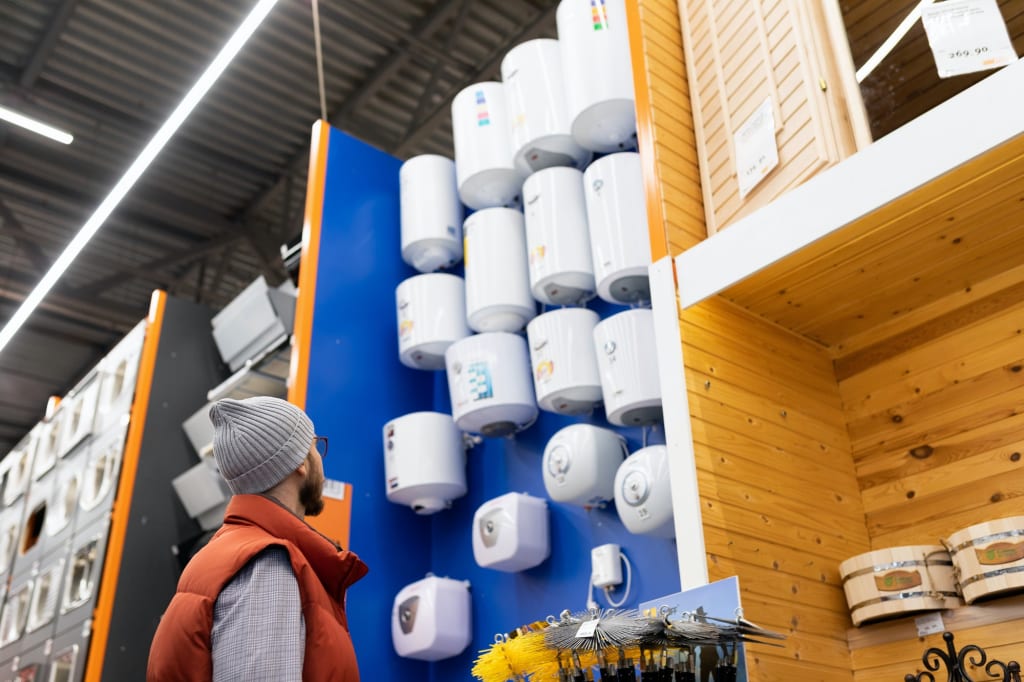
Sometimes, an inefficient boiler is caused by old age. In this case, you can either replace the worn-out boiler parts or invest in a completely new boiler model. For example, you may notice that the pressure relief valve on your boiler responsible for maintaining an even pressure is leaking or not operating. Instead of getting an entirely new boiler, you can replace the faulty part for $20-$200. However, it’s recommended that you replace your entire boiler if it’s older than the average lifespan, according to the manufacturer’s manual. When the entire heating unit is updated, you’re more likely to avoid costly repairs and cold nights. At this point, replacing your boiler with a new model will save you time, stress, and maintenance costs.
Regular Maintenance Is Key To Blocking Out The Cold.

While there are many quick fixes to simple boiler issues, one truth remains firm: The most important best practice is to invest in regular boiler maintenance. Annual tune-ups are comprehensive care that acts as a preventative measure against decline and breakdowns in the frigid winter months. Your local HVAC technician will thoroughly inspect and clean your boiler, eliminating corrosive debris. At the end of the appointment, you’ll receive professional feedback about the health and status of your boiler, plus any recommendations to improve your system’s lifespan further.
Shut The Door On Wintry Weather With Boiler Repair In Rogers, MN.
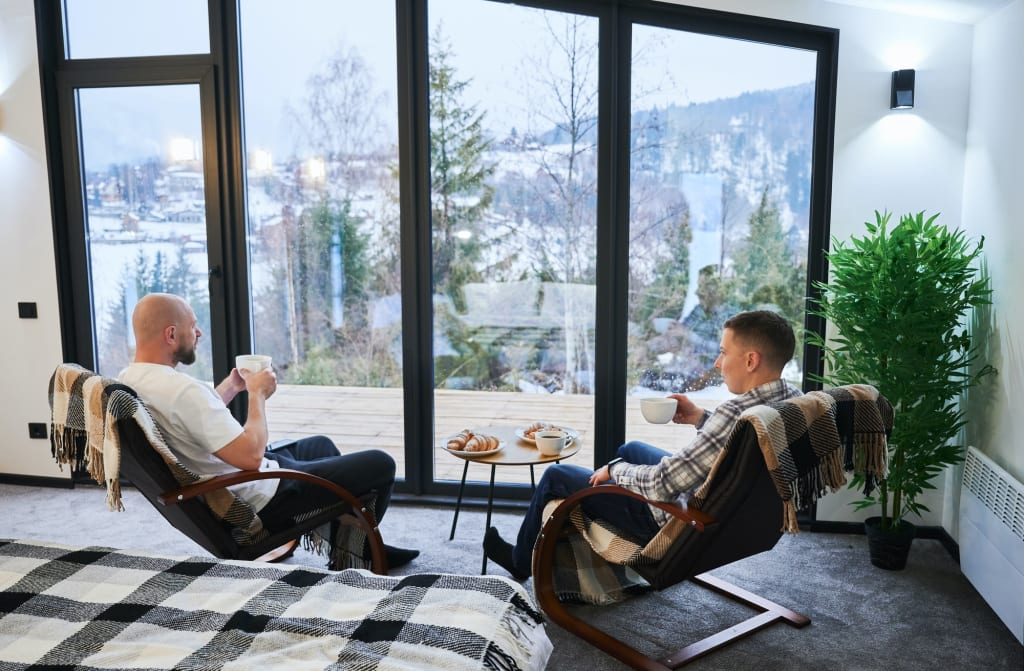
Don’t face harsh Minneapolis winters alone. Our HVAC team at Mike’s Custom Mechanical can prepare your home to withstand the frigid outdoor climate through comprehensive boiler maintenance and repair services. Minnesota winters can be hazardous without a trustworthy heating system, so safeguard your home and family with regular maintenance or necessary repairs. Call us at (763) 568-7148 to schedule a boiler repair before the first snowstorm – we stand ready to serve your family!



